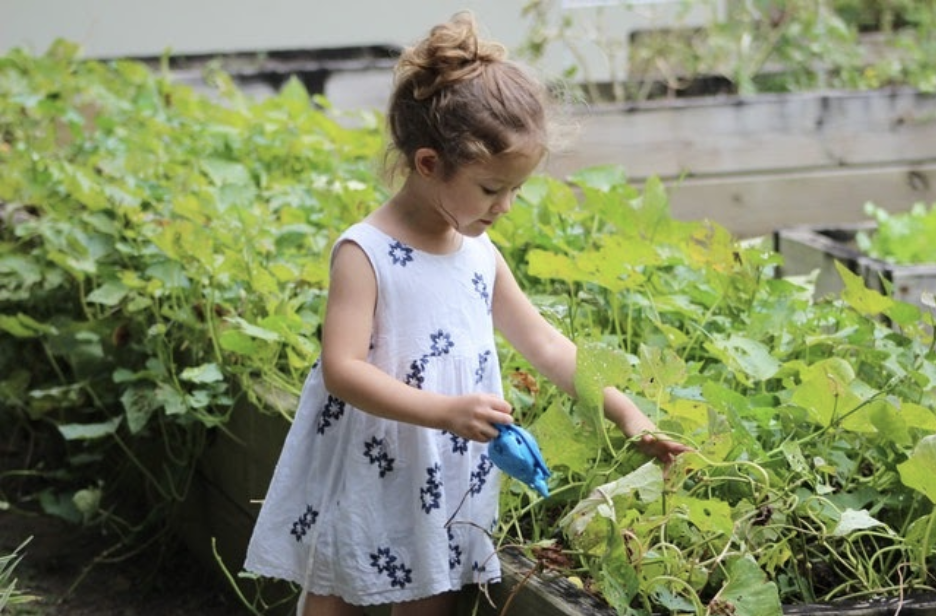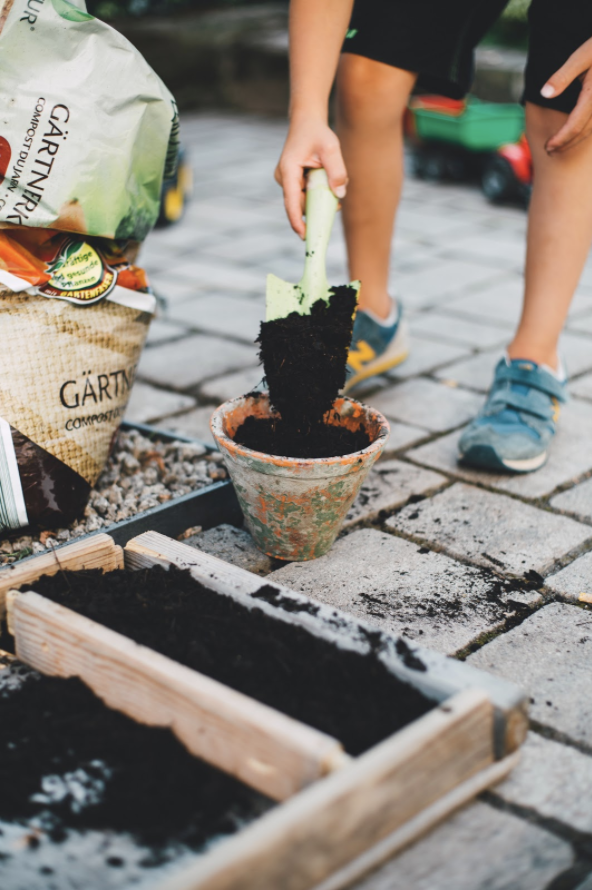
Why You Should Start A School Garden
In a world where obesity and diabetes rates are quickly on the rise, and experts are offering high-tech, innovative solutions…school gardens and gardening present a low-tech, simple solution. Kids’ are living increasingly sedentary lives; gardens create opportunities for movement, skills development, and positive habit-building. Advocates also note that school gardens can act as an outdoor haven for children growing up in barren, unsafe, or high-stress environments.

The Impact of One Garden
Gardens are the epitome of hands-on learning; students have the chance to experience the dirt under their nails and the smell of fresh vegetables, rather than completing worksheets about healthy eating. With repeated exposure, students begin to form a connection, a tangible bond between themselves and the food they grow. By eating food they nurtured from start to finish, they develop pride and an appreciation for their meals.
Research has shown that it takes between 35 and 50 hours of nutrition education a year to change kids’ preferences over the long term, notes Eva Ringstrom, Director of Impact at FoodCorps.
“While most children receive only 3.4 hours of nutrition education a year, maintaining a school garden necessitates that nutrition lessons become a consistent, built-in part of students’ educational experience.”
Eva Ringstrom
Best Practices for School Gardens
For schools looking to plant the seeds of a healthier future at their institution, give these best practices a look over to better understand how to start a school garden.
- Foster a mindset of exploration. Healthy eating requires kids to be open to trying new foods. Encourage students to taste vegetables from the garden in multiple ways. Remind them that enjoying a new food can take time and that it can taste completely different depending on how it’s cooked. Tip: offer food samples to allow students to try different foods before they decide which one they’ll put on their tray.
- Integrate the garden into other curricula. While a single teacher or volunteer runs many school gardens, the whole school can get involved. Science, history, and math lessons transfer from the classroom to the garden setting. In one study, 5th-graders who participated in school gardening activities scored higher on science tests than students who had a curriculum without a garden.
- Focus on skill development. Make your garden relevant to the skills students need to learn. Teach your students how to check for ripeness and freshness, how to store and wash fresh produce correctly, and how to cut vegetables safely. Make sure your nutritional program extends from the garden to the cafeteria, to the supermarket, and the kitchen at home.
- Make your garden relevant to the area and culture. The climate and traditions of your local community and surrounding area matter when it comes to agriculture. Perhaps have a local grower visit to discuss the effects of the environment.
Fairborn’s Commitment
Beginning in August of 2018, Fairborn Digital Academy is proud to maintain an Apprentice Master Gardener (AMG) Class at our location. This first-of-its-kind program is in partnership with the Ohio State Extension Office of Greene County.


